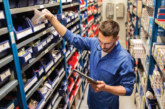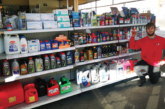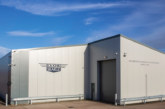Shaftec explores the trends that drive EPS
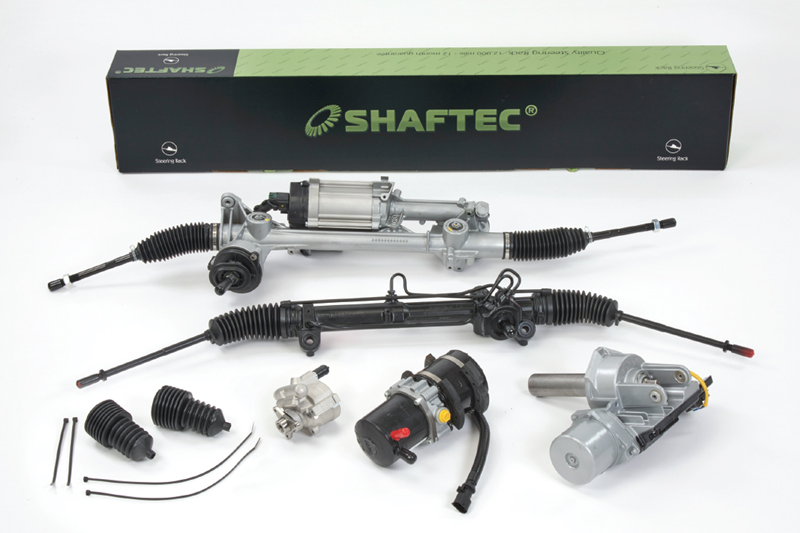
Continuing the series of articles designed to help the aftermarket futureproof its offer and protect its position in the supply chain, Shaftec’s, Adrian Kitchen, looks at electric power steering (EPS).
With the sector changing, as the world charges towards new methods of mobility, its marketing manager on behalf of the dedicated EPS team at Shaftec, addresses the trends which are the main drivers of EPS and outlines how the independent aftermarket can work together – to not only secure its place but to thrive.
We realised more than a decade ago that a massive growth area inside the OE market would be EPS. We weren’t wrong – and EPS has now replaced the more traditional hydraulic power steering (HPS) on virtually all new vehicle platforms entering the market. Shaftec offers 623 EPS racks, 118 EPS pumps and 245 EPS column drives.
In line with industry trends, this makes perfect sense, as the components are lighter in weight and more durable, require less maintenance, give a better response at different speeds, and require less fuel consumption. Having long been in the remanufacturing business, we anticipated that it wouldn’t be long before the call to remanufacture these parts came knocking.
Nowadays, we refer to remanufacturing as being part of the ‘circular economy’. Giving a second life to a product – where the customer can be confident that it will be of the same high quality, perform and be tested to the same standard as new – is perfectly in tune with the ever-louder voices fighting for reduced emissions and resources, less waste and reused materials in aid of a cleaner, greener world. Furthermore, remanufactured parts generally carry the same warranties as OEM parts, and VMs are becoming increasingly aware of the opportunities provided by remanufacturing to extend service life agreements and provide cost-effective solutions for older vehicles.
At certain junctions in the road, players in this market have had to justify the reman route and validate the process; however, the data proves beyond doubt that this is an area worthy of aftermarket investment.
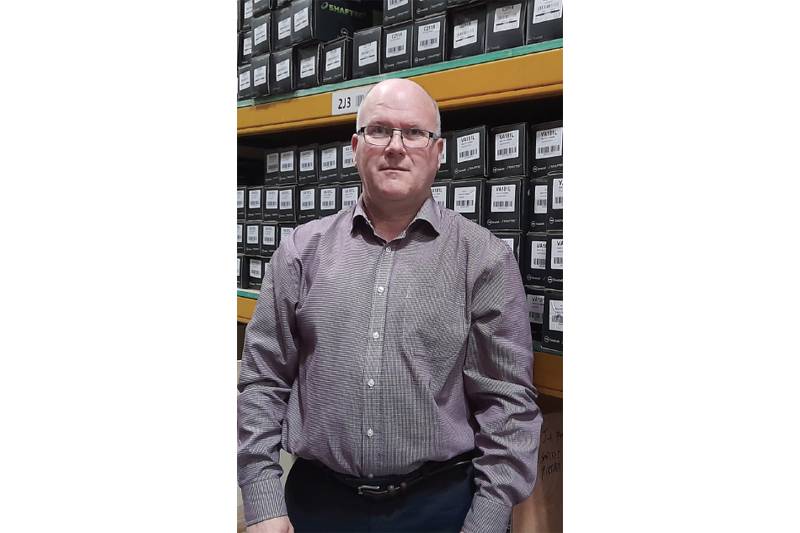
The global EPS market was valued at $24.3 billion in 2021 and is projected to reach $33.4 billion by 2027, growing at a CAGR of 5.4% from 2021 to 2027, according to MarketsandMarkets.
With the average age of a passenger car in the UK being 10-years-old, a whole two years younger than those across the EU, according to ACEA, remanufactured parts for these cars will be required to service the aftermarket. Furthermore, according to Fortune Business Insights, the global automotive remanufacturing market size is projected to reach $126.42 billion by 2030 from its value $60.78 billion in 2022, at CAGR of 9.9% during forecast period.
Take all these facts into consideration, and there are plenty of opportunities out there for those who capitalise on them.
Sticking to its guns
We have remained adamant in our belief that to remanufacture, suitable core is the way forward where possible. We also correctly anticipated that the lifespan of an EPS part would be shorter than a comparable HPS part. This is in part due to the technical aspects outside of the metal core, but also because EPS products are more vulnerable to the impact of environmental and vehicle operating conditions. Additionally, at Shaftec, all critical components, such as the seals are brand new; in fact, the seals are often over-engineered due to improvements since the original unit was released.
All of this, and by sticking to our guns over individual part testing over the more common batch method, means that we are now in the driving seat with increasing customer demand across the EPS programme and now cover more than 32 million vehicles of which nine million have EPS.
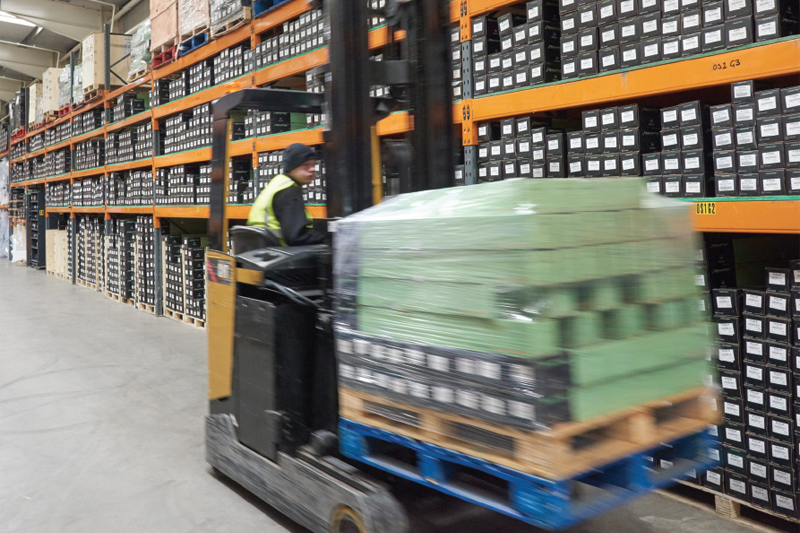
With more and more vehicles being fitted with advanced driver assistance systems (ADAS), such as lane assist, adaptive cruise control and brake assist, we spend a great deal of time and energy carrying out research and following market trends, so we are always ready with the parts the customer wants, when they need it.
We recognised the growth opportunities of EPS very early on and knew that to remain competitive and secure growth, we had to develop in line with this and invest back into the business. We invest in developing our own testing tools and in expanding our knowledge and skills, and return on machinery investment has been impressive.
Bringing in a shot blasting tool improved efficiency, as the jobs are no longer done by hand. We’ve also reaped the rewards of purchasing a mobile EPS diagnostic machine, which reads and clears fault codes on all electric steering components and an EPS testing rig where all EPS parts are tested to match or exceed VM requirements using real-world testing procedures. And we will soon be introducing a dedicated EPS lab. By including even more of the very latest technology, this will give Shaftec an even greater advantage. So, look out for news on this on our socials and in the trade media.


